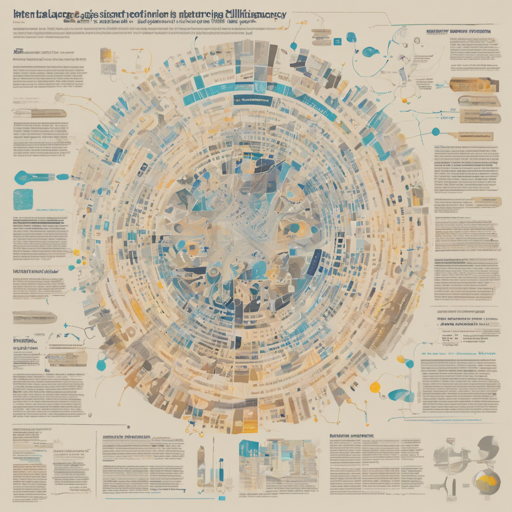Welcome to our comprehensive guide on utilizing the BERT Large Slavic Cyrillic UPOS model for token classification and dependency parsing. This innovative model is tailored for various Slavic languages, providing robust solutions for part-of-speech tagging and syntactic structure analysis.
What is BERT Large Slavic Cyrillic UPOS?
The BERT Large Slavic Cyrillic UPOS model is a transformer-based model pre-trained on a rich variety of Slavic-Cyrillic datasets, including those from Belarusian, Bulgarian, Russian, Serbian, and Ukrainian languages. It leverages the power of BERT for advanced token classification tasks, such as POS tagging and dependency parsing.
Why Use This Model?
- Designated for Slavic languages ensures higher accuracy in linguistic tasks.
- Utilizes UPOS (Universal Part-Of-Speech) tagging for consistency across languages.
- Improves natural language understanding and grammar analysis capabilities in specific contexts.
How to Use the BERT Large Slavic Cyrillic UPOS Model
Here’s a simple guide to get you started with this powerful model. You’ll be using the Transformers library from Hugging Face. Ensure you have it installed before proceeding.
Installation of Required Libraries
pip install transformers esuparLoading the Model
To access the model, you will need to load both the tokenizer and the model itself using the following code:
from transformers import AutoTokenizer, AutoModelForTokenClassification
tokenizer = AutoTokenizer.from_pretrained("KoichiYasuoka/bert-large-slavic-cyrillic-upos")
model = AutoModelForTokenClassification.from_pretrained("KoichiYasuoka/bert-large-slavic-cyrillic-upos")Using ESUPAR for Advanced Processing
If you prefer using esupar which integrates BERT functionality, simply run:
import esupar
nlp = esupar.load("KoichiYasuoka/bert-large-slavic-cyrillic-upos")Understanding the Model with an Analogy
Imagine you have a highly trained librarian with a vast understanding of multiple languages. Whenever you bring a stack of books (your text data), this librarian can quickly identify the subject of each book (tokens), their categories (POS tags), and how they relate to one another (dependency parsing). The BERT model functions similarly—it intelligently analyzes each word in your input texts, categorizing them and revealing how they connect, all while being fluent in Slavic languages.
Troubleshooting Common Issues
While using the BERT Large Slavic Cyrillic UPOS model, you may encounter some common issues. Here are a few troubleshooting tips:
- Ensure you have compatible versions of Python and libraries installed. Check the library documentation for requirements.
- If you face memory issues, consider using a system with more RAM or optimizing the batch sizes during model inference.
- In case of unexpected results in token classification, verify that your input text is preprocessed appropriately.
For more insights, updates, or to collaborate on AI development projects, stay connected with fxis.ai.
Conclusion
The BERT Large Slavic Cyrillic UPOS model is a remarkable tool for anyone involved in natural language processing within Slavic languages. Its efficiency in token classification and syntactic analysis makes it invaluable for various applications. At fxis.ai, we believe that such advancements are crucial for the future of AI, as they enable more comprehensive and effective solutions. Our team is continually exploring new methodologies to push the envelope in artificial intelligence, ensuring that our clients benefit from the latest technological innovations.
See Also
For more advanced applications and resources, visit esupar, which is a tokenizer POS-tagger and dependency-parser using BERT, RoBERTa, or DeBERTa models.

